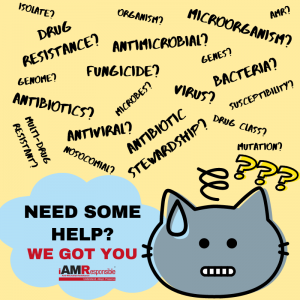What’s being done about antibiotic resistance?
If you’ve been paying attention to the growing public discourse on antibiotics in livestock production you might well ask what can be done and what is being done about growing drug resistance. After all, even while consumer concerns tend to focus on the potential for antibiotics to enter the food supply, folks working in livestock and poultry production know that the threat of antibiotic resistance is really about growing risks for difficult or impossible-to-treat microbial disease. Moreover, producers know that this is a threat to the veterinary care their animals need as much as to human health. So again, what is being done to address resistance in livestock production?
Continue reading “New and On-going Research to Fight Antibiotic Resistance in Livestock Production”


